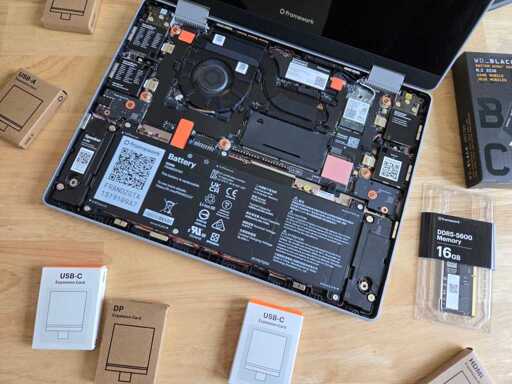I used Reddit for a long time, since the extremely early days of the site, back when most of the content was posted by Reddit staff and there was really just one page.
While I wasn’t enthralled with the move from old.reddit.com to the new reddit.com, the site was at least still accessible via the old interface, absent a minor quirk here and there in how Markdown was interpreted, and different ways of customizing subreddit appearance. That wasn’t enough to cause me to leave.
What did it for me was that I expected that when they moved from their growth phase to monetization phase that they’d make some changes that I wouldn’t like, but I didn’t expect them to end access for third-party clients, which was not okay with me.






















One reason to have hardware switches is because the manufacturer doesn’t want malware that has compromised the OS to be able to bypass it, and from this standpoint — which is a very legitimate position — then that’s very much a real objection.
But another reason is because people don’t want to rely on using an app on a touchscreen, but to have a convenient way to twiddle the thing without dicking around with the touchscreen, similar to why people complain about some modern cars lacking physical controls. Lets you flip it off in your pocket or whatnot. From that standpoint, it might be a reasonable design. That is, there it isn’t “I’m worried about the OS being compromised”, but “I just want a convenient way to kill access to software running at an application level to various sources of data”.
I do think that it’s important to make sure that consumers are not misled as to what guarantees the physical switch provides, though.